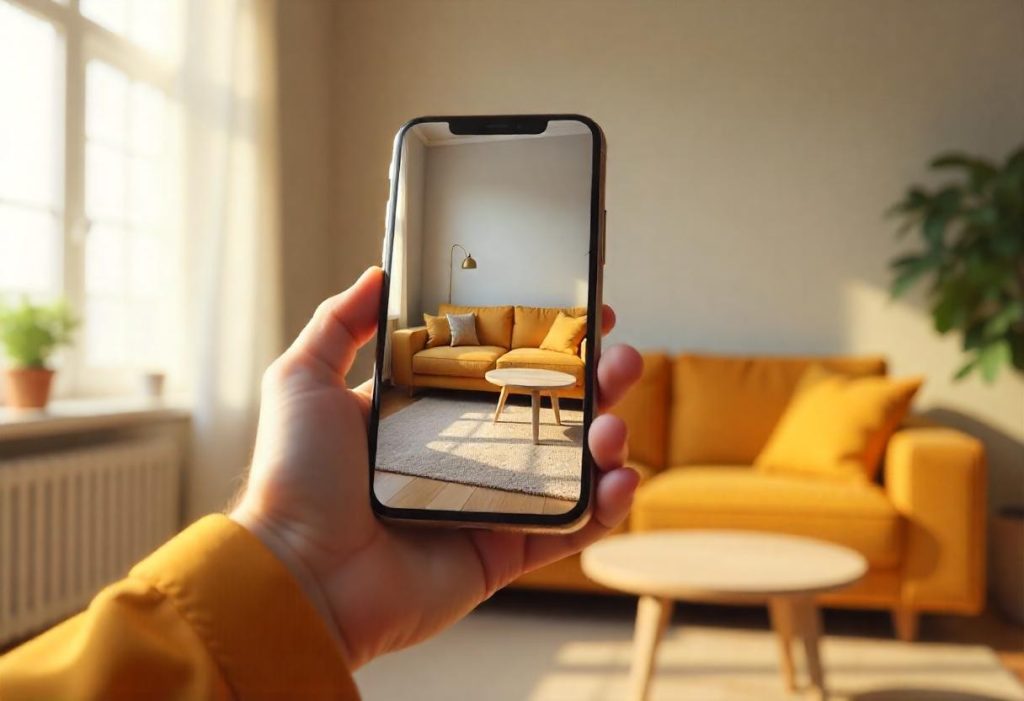In today’s hyper-competitive digital world, 3d visualization platform is a game-changing solution for businesses looking to enhance engagement, reduce returns, and boost conversions. From 3D configurators to augmented reality (AR) shopping experiences, businesses are leveraging advanced visualization technologies to close the gap between fantasy and reality, giving customers an immersive preview of products before purchasing. So why is this technology disruptive, and how do businesses unlock its true value?
Why Product Visualization Is More Important Now Than Ever
The trend towards online retail has made it harder than ever for customers to judge products the way they would in a brick-and-mortar environment. Static photos and simple text descriptions tend to leave shoppers guessing about size, feel, and usability—resulting in hesitation at the checkout counter or worse, post-purchase disappointment.
Here enters product visualization. By allowing consumers to interact with realistic digital versions—rotating, zooming, and even customizing products in real-time—brands are able to recreate the hands-on experience of going to physical stores. The result? Increased confidence in purchases, reduced returns, and a richer customer experience.
According to a 2023 Shopify report, products with 3D or AR visualizations have a 94% increased conversion rate over products with static images alone. The numbers are clear: when customers can “try before they buy,” they’re far more likely to engage.
The Technologies Behind the Visualization Revolution
Multiple technologies are creating the future of how products are presented and interacted with online:
3D Product Modeling & Configurators
3D modeling turns flat two-dimensional product photos into living, breathing, interactive assets. With photorealistic renders, consumers can see an item from multiple sides, change colors, swap out materials, or even see alternate configurations—like specifying a car interior or a sneaker design.
Companies like Nike and BMW have nailed this strategy, with configurators enabling customers to customize products before purchasing them. This increases engagement while cutting costs on manufacturing waste because customers are able to order exactly what they really need.
Augmented Reality (AR) for Virtual Try-Ons
AR takes visualization a step ahead by casting digital goods onto the real world through a smartphone or tablet camera. Retailers like IKEA and Wayfair use AR to enable consumers to see how a table or sofa would appear in their living room before they buy it. Similarly, beauty companies like Sephora offer virtual trials of makeup, eliminating the guesswork involved in matching shades.
The effect is astounding: Shopify sellers employing AR saw a 200% boost in conversion rates, demonstrating that the capacity to “see it in your space” significantly affects purchasing decisions.
Virtual Reality (VR) Showrooms
While AR enhances real-world views, VR builds complete virtual environments in which consumers can wander around and engage with products in a totally enveloping environment. Automakers like Audi and Tesla use VR showrooms to enable consumers to “walk around” virtual car models, open doors, and even test drive them—all from their homes.
Although VR employs more hardware (e.g., headsets), its high-end buying potential is enormous, offering a level of interaction that static images cannot provide.
AI-Based Personalization & Photorealistic Rendering
Artificial intelligence is making product visualization smarter and faster. Generative AI can now create hyper-realistic product images with minimal input, and machine learning algorithms learn about customer behavior and suggest the most engaging visualizations.
For example, product photo AI tools can automatically enhance lighting, remove backgrounds, or even generate entirely new product angles—saving brands time and resources while improving visual appeal. A web shop might use AI to automatically emphasize the fine details of a watch for a luxury consumer and emphasize ruggedness for a camping enthusiast—both on the same product page
Industries Blazing the Trail
While nearly all industries can benefit from leading-edge product visualization, certain industries are blazing the trail:
Fashion: 3D clothing simulation and virtual fitting reduce returns by creating better fits.
Home decor & Furniture: AR apps enable customers to visualize how products will look in their actual surroundings.
Automotive: 3D interactive auto models and virtual test driving contribute to pre-purchase research.
Electronics: Customers can review features of devices in 3D before committing to a purchase.
Jewelry & Luxury Goods: High-resolution imagery illustrates craftsmanship and attention to detail.
Overcoming Challenges in Implementation
Though beneficial, implementing cutting-edge visualization technology is not without challenges. Advanced 3D modeling and AR integration demand considerable investment in software, hardware, and talented designers. Small companies might find the initial investment difficult, but cloud-based solutions and SaaS platforms are making the tools more affordable.
Another challenge is fast load times—interactive 3D and AR content is data-intensive, bogging down websites. Smaller file sizes and the use of progressive loading techniques are crucial to providing a seamless user experience.
The Future of Product Visualization
As technology evolves, we can expect even more groundbreaking innovations:
Holographic Displays: Displaying life-size product holograms in your living room for examination.
AI-Generated Customization: Real-time, AI-created product variations from user input.
Metaverse Integration: Digital stores in which shoppers are able to view and interact with products in a totally virtual space.
Product visualization is no longer an option — it’s an essential for any business looking to stay ahead in this new digital landscape. With these technologies, brands can create more engaging, more interactive buying experiences that increase revenue, create loyalty, and redefine the way customers interact with products.
Final Thoughts
The advent of immersive product visualization is a seismic shift in the world of e-commerce, which brings the best of digital and physical shopping together. The consumers no longer have to imagine how a product will look or function—now they can view it, customize it, and even “try it on” online.
For companies, the message is straightforward: invest in visualization technologies today, or get left behind. The technology is available, demand is increasing, and the brands that use it successfully will be the ones dominating the market tomorrow.
Email your news TIPS to Editor@Kahawatungu.com — this is our only official communication channel


